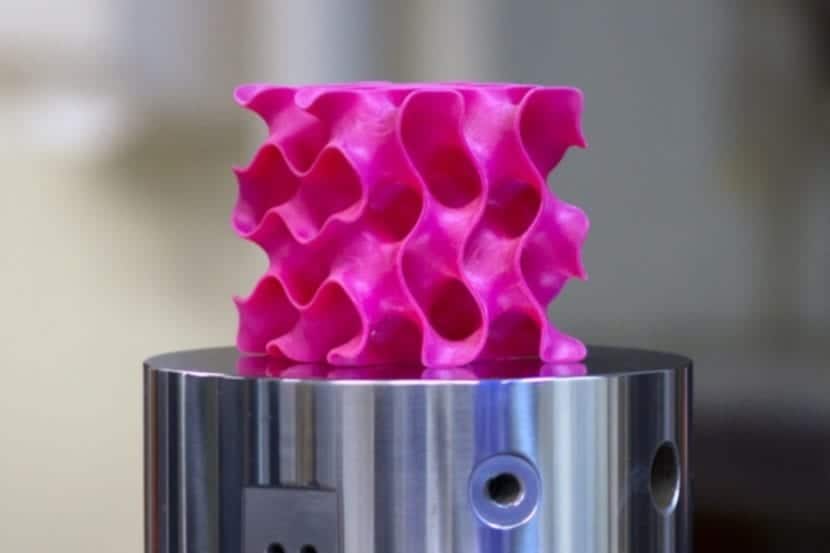
All kinds of materials are being used in 3D printing these days, Kevlar and fiberglass reinforced nylons. etc. But while it is true that the strength of the materials is important, so is the internal structure of the object 3D printed. Recently, a group of researchers from the MIT developed one of the strongest and lightest materials by compressing and melting graphene particles.
Until now, researchers have had difficulty converting graphene's two-dimensional force into three-dimensional structures. But the new design from MIT, a graphene configuration similar to a sponge, it can be ten times stronger than steel, with a density of only five percent.
The MIT research team's findings were recently reported in the journal Science Advances. The article was co-authored by Markus Buehler, McAfee professor of engineering and head of MIT's Department of Civil and Environmental Engineering (CEE); CEE scientific researcher Zhao Qin; Graduate student Gang Seob Jung; And Min Jeong Kang Meng, class of 2016.
In the geometry of the Graphene structure is the key
Their findings, according to MIT, reveal that "the crucial aspect of the new 3D shapes has more to do with its unusual geometric configuration than with the material itself, suggesting that similar properties could be obtained from a variety of materials if we used similar geometric characteristics. »
The team produced a stable and strong structure that resembles corals and microscopic creatures known as diatoms, using a combination of heat and pressure to compress small flakes of graphene. The resulting shapes have a huge surface area in proportion to their volume, and are extraordinarily strong. They look like Nerf balls - they are rounded objects, but full of holes. These complex shapes are known as gyroids., and Buehler said it is "probably impossible" to create them using conventional manufacturing. For laboratory tests, the team used 3D printed models of the gyroids, enlarged thousands of times their natural size.
The team subjected the 3D models to various mechanical tensile and compression tests, using their theoretical models to simulate the mechanical response under load. In one of our samples they obtained that with a 5% of the density of steel obtained 10 times the strength of said material«.
The 3D graphene material, formed by curved surfaces under deformation, reacts like sheets of paper. The paper can wrinkle easily, because it is not strong along its width and length. But when the paper is rolled into a tube, the force along the length of the tube is much greater. The geometric arrangement of the graphene flakes after treatment has a similar configuration.
Possible applications
Among the possible applications, it stands out that geometric features discovered with other materials could be used, such as polymers or metals, in order to obtain similar strength advantages at a lower production cost. There is also the possibility of using polymer or metal particles as templates, using a chemical vapor reservoir before heat and pressure treatments to cover them with graphene. Subsequently, the polymer or metal could be removed in order to keep the 3D graphene in the gyroid form. This porous geometry could be used when building large structures, like a bridge. It would even provide good insulation for the bridge, due to the amount of closed airspace.